How to Help
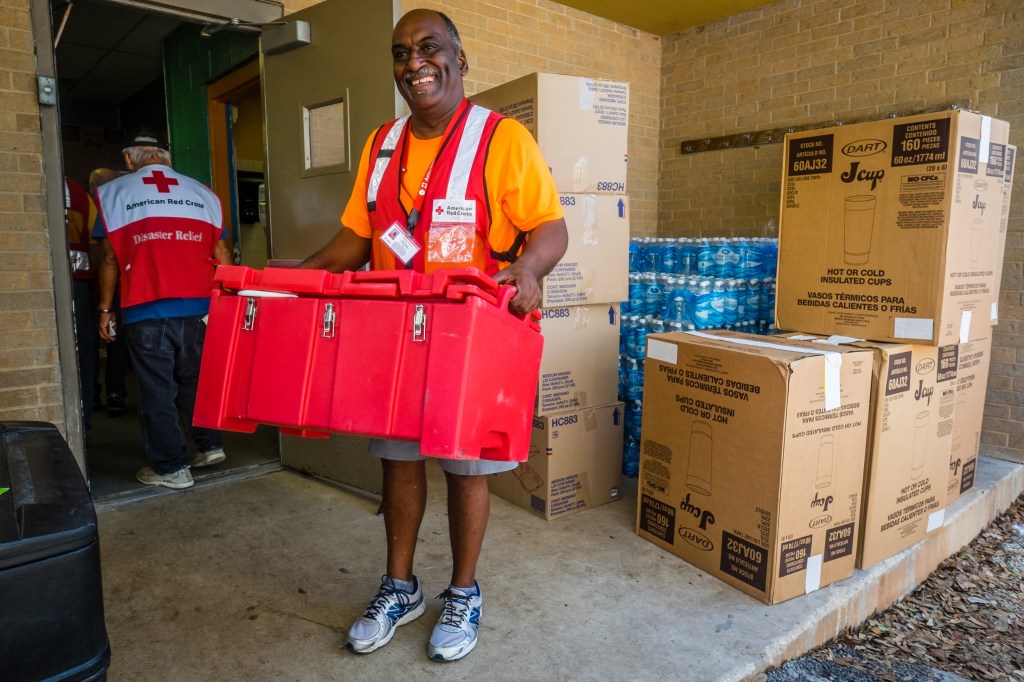
After every natural disaster, a call goes out for donations. But how do you decide what to give, and how can you be sure you’re giving to a great organization?
When Hurricane Florence made landfall in September, it cut a wide path of destruction across several states along on East Coast. The 400-mile-wide storm brought high winds, heavy rain, and deadly destruction. It was a record-breakingly bad storm, but unfortunately, natural disasters like it are all too common. In 2017, they affected more than 46 million Americans (nearly 15% of the U.S. population) and cost $306 billion, according to the Federal Emergency Management Agency (FEMA).
Hurricanes can be especially devastating. Because they are tropical storms, which form in oceans and carry water with them, they bring not only tornado-like wind destruction but also flooding. Hurricane Harvey, which caused catastrophic
catastrophic
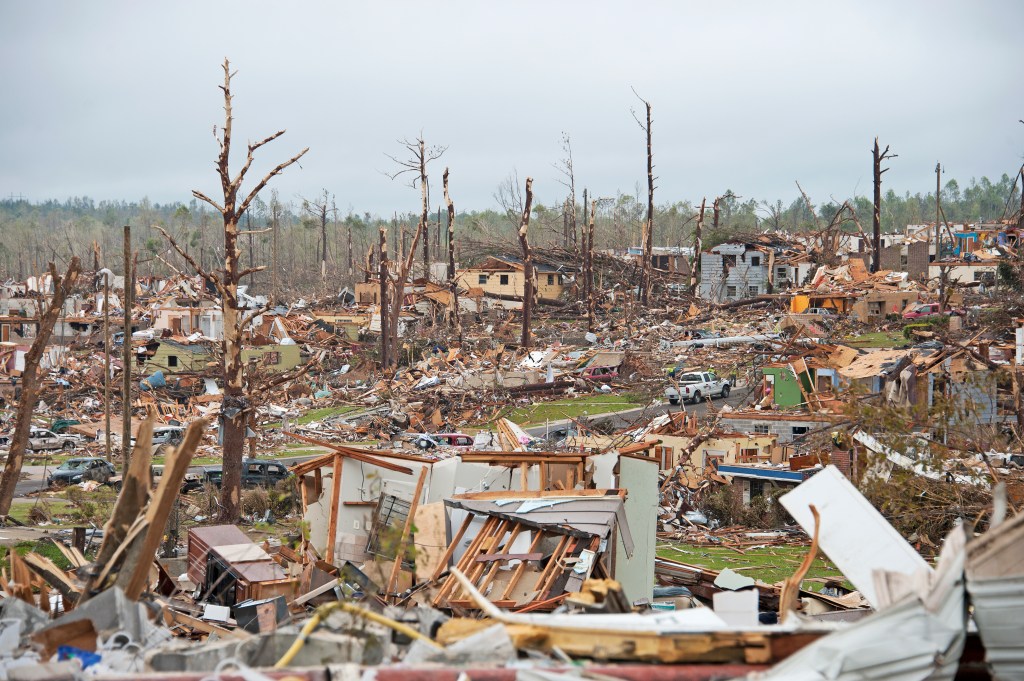 NICCOLÓ UBALDUCCI PHOTOGRAPHER-STORMCHASER/GETTY IMAGES
involving a lot of damage or suffering
(adjective)
The damage from the tornado was catastrophic.
damage in Texas and Louisiana in 2017, dropped 33 trillion gallons of water on the U.S.
NICCOLÓ UBALDUCCI PHOTOGRAPHER-STORMCHASER/GETTY IMAGES
involving a lot of damage or suffering
(adjective)
The damage from the tornado was catastrophic.
damage in Texas and Louisiana in 2017, dropped 33 trillion gallons of water on the U.S.
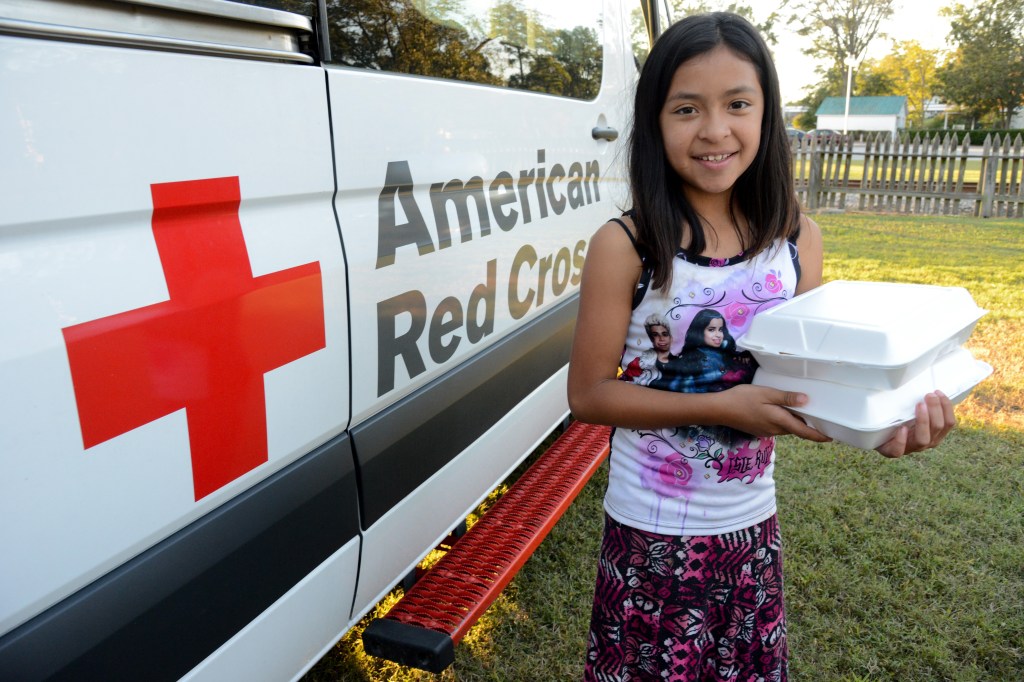
A HOT MEAL The Red Cross provides a girl in North Carolina with food after Hurricane Matthew.
DANIEL CIMA—AMERICAN RED CROSSPAYING THE PRICE
Most households impacted by a natural disaster have some sort of cost burden. Some families may only lose refrigerated or frozen foods due to power outages, while others may need new clothing and furniture or a new roof. Less-fortunate families suffer a total loss due to extreme wind and flooding. These families will be displaced
displace
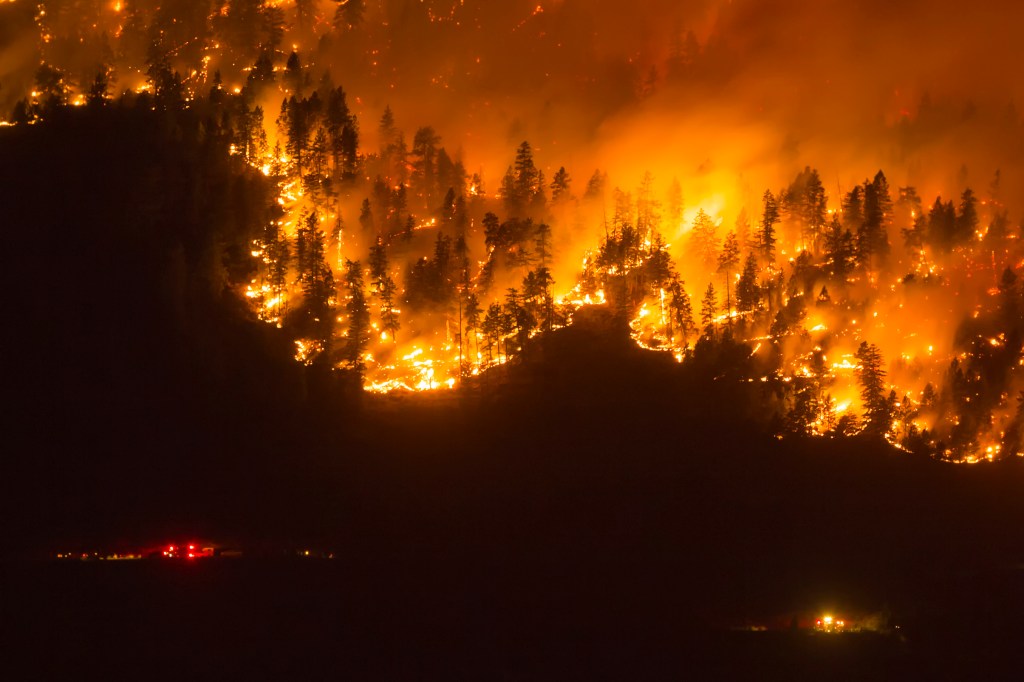 to force someone to leave his or her home
(verb)
Thousands of animals were displaced by the wildfire.
while rebuilding their home or relocating to a new one.
to force someone to leave his or her home
(verb)
Thousands of animals were displaced by the wildfire.
while rebuilding their home or relocating to a new one.
Thankfully, many families have insurance, which can cover some losses suffered during a disaster. Auto, home, and business insurers paid out more than $100 billion in response to natural disasters in the U.S. in 2017. But insurance doesn’t cover everything. There are always immediate needs to be met after disaster strikes. That can be where your donations count most.
MAKING A DIFFERENCE
Many local and national organizations run active disaster-relief programs. Ask an adult to help you look for a reputable
reputable
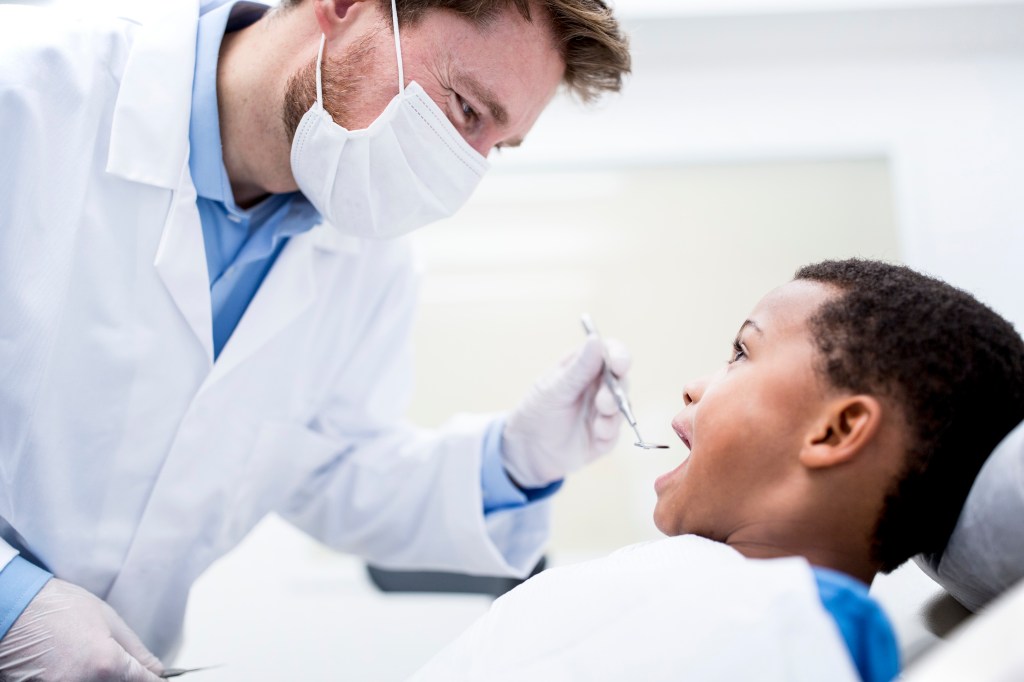 SCIENCE PHOTO LIBRARY/GETTY IMAGES
respected and trusted
(adjective)
Can you recommend a reputable dentist?
nonprofit with an established record. Use online resources like Charity Navigator and National Voluntary Organizations Active in Disaster. These sites help you evaluate the charities you’re considering donating to or volunteering with.
SCIENCE PHOTO LIBRARY/GETTY IMAGES
respected and trusted
(adjective)
Can you recommend a reputable dentist?
nonprofit with an established record. Use online resources like Charity Navigator and National Voluntary Organizations Active in Disaster. These sites help you evaluate the charities you’re considering donating to or volunteering with.
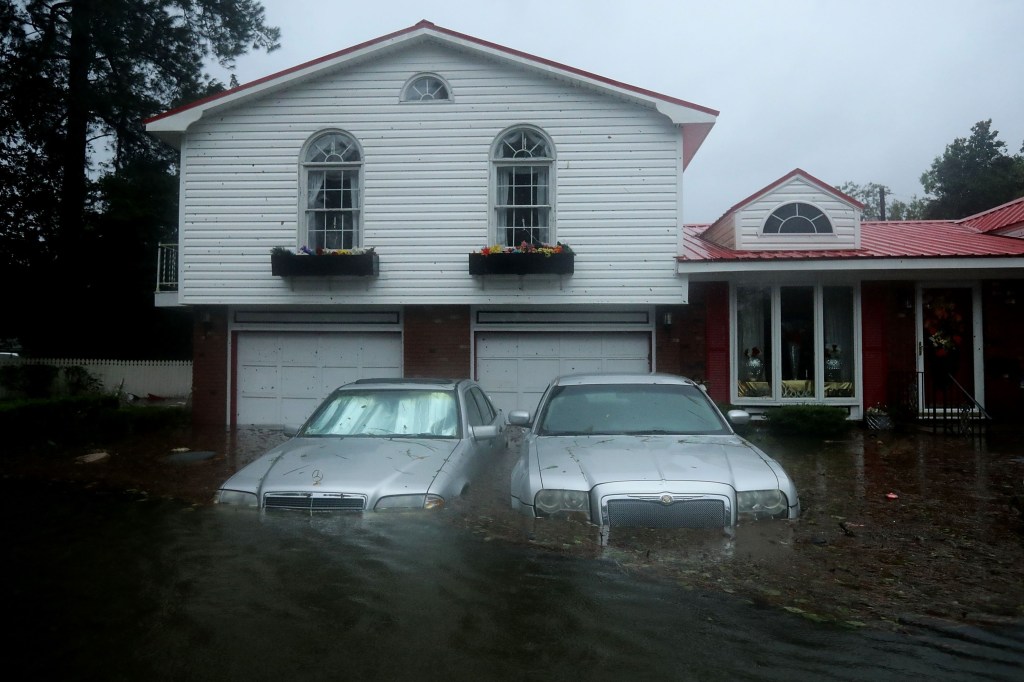
Unfortunately, not everyone who is raising money or taking donations after a natural disaster is there to help. Some are scammers. But if you do your research, your donations will go to a family in need. Here are a few ways to help.
Give money. Financial contributions can be the most effective way to help with immediate relief efforts after a natural disaster because organizations can purchase whatever they need at the moment. For example, some families might need clothes or baby food, while others need a place to live while their home is repaired. When you give money, you’re helping ensure that all of those needs are met. Carrie Housman, a spokesperson at the American Red Cross, says that monetary donations allow them to “provide consistent support to thousands of people at once, including providing meals on a large scale, which requires strategic purchases of food and ingredients in huge quantities.”
Give things. When a family has lost all of their possessions, they need everything. You can collect and donate goods like clothes, food, and household items. But beware that these types of donations can take a long time to process, transport, sort, and distribute. Because of this, people affected by the disaster might not receive your donations immediately.
Donate time. Volunteering your time may be possible if you live near a disaster area or an area where shipments of things like food and bottled water are being collected, packaged, and sent. You can also volunteer your time year-round, before disaster strikes, to help organizations prepare in advance.
FAMILY CHALLENGE
Think outside the box! After a disaster, animals need help too. Many charity organizations assist displaced pets. What are some other unusual ways to help?
—By Kathryn Tuggle
Click here for the Grade 5-6 Teacher’s Guide.
Extra! Click here to read a related article from TIME for Kids.








